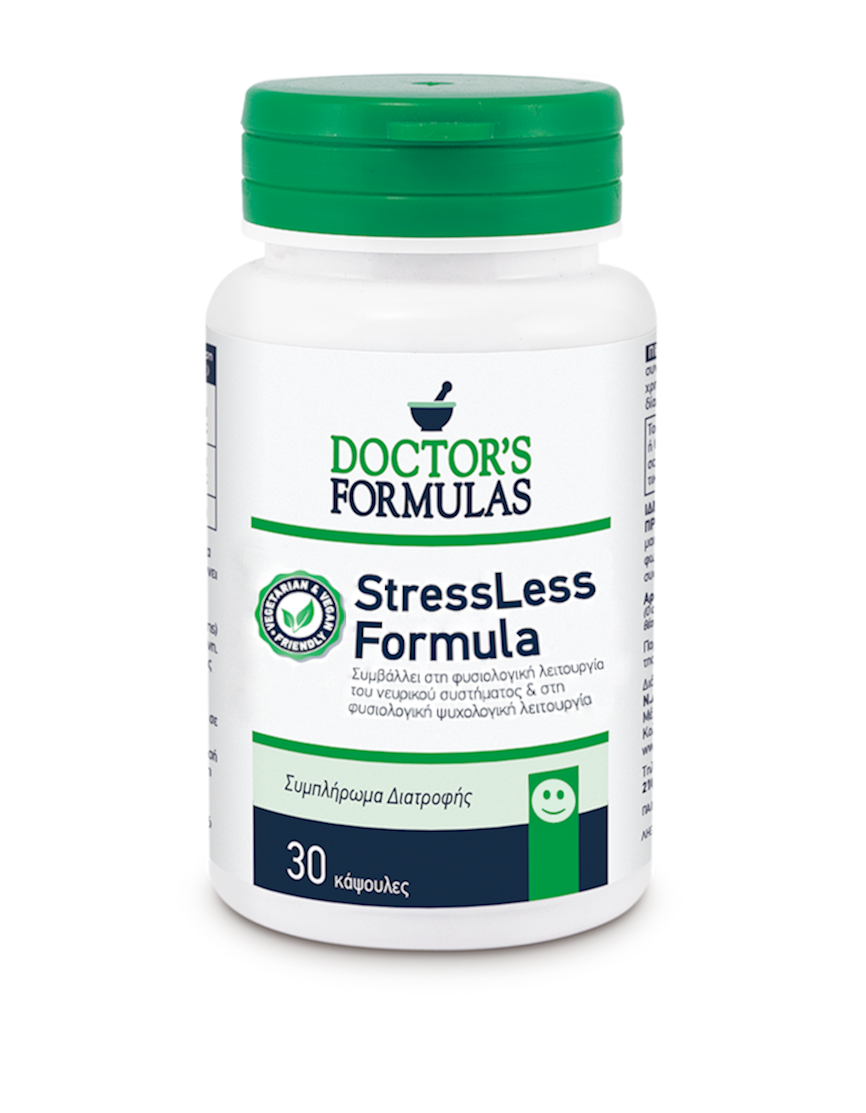Panic Attacks & Natural Treatment
Inositol Beneftis Mood Disorders
Mood disorders have a wide variety and many different symptoms, usually tend to be overlapping. That is, it is not uncommon for someone suffering from anxiety to have depression or someone with an obsessive-compulsive disorder to experience panic attacks as well.
Anxiety sufferers usually feel tired, crushed, anxious and irritable. They may also experience sleeping problems as well as suffering from muscle tension or headaches.
Exercise and nutrition contribute to mood disorders.
Serotonin levels play a key role in the development of depression and anxiety.
Inositol is able to affect the action of the neurotransmitter serotonin.
Recent advances in biochemical research have documented inositol as an important nutritional and cellular component. It is a less well-known nutrient than the B family of vitamins. However, it is a key component of cell membranes and is therefore involved in the transmission of signals between cells. In particular, inositol increases the sensitivity of various receptors. The processes involved in its metabolism and its derivatives in mammalian tissues have been characterized both in vivo as well as enzymatically.
Inositol is effective in treating central nervous system (CNS) disorders, i.e. a spectrum of disorders responsive to selective serotonin reuptake inhibitors such as:
• the Depression,
• panic disorder,
• Compulsive disorder.
The efficacy of inositol, the absence of significant side effects and the fact that inositol is a natural component of human diet make it potentially attractive for panic disorder.
Inositol is a glucose isomer that is a key intermediate in the phosphatidyl inositol (PI) cycle, a second messenger system used by various noradrenergic, serotonergic and cholinergic receptors.
Research has shown that inositol levels in CSF are low in depression.
It is also indicated in polycystic ovarian (PCOS) cases, where insulin sensitivity is reduced.
Panic attack is a "fierce wave of fear" characterized by unexpected and debilitating tension. It may even appear when you are relaxed or asleep.
The signs and symptoms of a panic attack grow abruptly and usually reach their maximum within 10 minutes. Most panic attacks end in 20 to 30 minutes and rarely last longer than an hour.
This is a sudden increase in emotional anxiety and fear, with symptoms such as:
1. Tachycardia
2. Increased sweating
3. Trembling and chills
4. Shortness of breath
5. Feeling asphyxia or choking
6. Pain / chest tightness
7. Nausea - Dizziness
8. Cramps
9. Swelling or tingling in the hands
10. Feeling weak and tendency to faint
11. Fear of death
12. Fear that you will lose control
13. De-personalization (when you distract yourself)
A panic attack can only happen once, but the majority of people experience recurring episodes. Repeated panic attacks are often caused by a specific situation, such as public speaking, especially if this situation has already caused a panic attack in the past. Typically, the cause of panic is a situation in which someone feels threatened and / or unable to escape.
You may experience one or more panic attacks, but be completely happy and healthy.
Or your panic attacks may appear as part of another disorder, such as social phobia or depression.
Regardless of the cause, panic attacks are treatable!
Many people experience panic attacks without other episodes or complications. There is no reason to worry if you have one or two panic attacks. However, some people who have experienced panic attacks continue to develop panic disorders. Panic disorder is characterized by recurrent panic attacks, coupled with significant behavioral changes or persistent concerns about the onset of further attacks.
The memory of the intense fear and terrorism you experienced during the attacks can negatively affect your self-confidence and cause a serious disruption to your everyday life.
Agoraphobia has traditionally been considered to include fear of public spaces and open spaces. However, it is now believed that agoraphobia develops as a complication of panic attacks.
It also appears that there is a connection with great life transitions, such as graduation from college and entry into the workplace, marriage and the acquisition of a baby. Panic attacks can also be caused by medical conditions and other physical causes.
If you suffer from panic symptoms, it is important to see a doctor to block the following options:
* Prolapse of the mitral valve, a secondary heart problem that occurs when one of the heart valves does not close properly
* Hyperthyroidism (hyperfunctional thyroid gland)
* Hypoglycemia (low blood sugar)
* Use of transgenics (amphetamines, caffeine)
Medication (antidepressants and benzodiazepines) can be used to temporarily control or reduce certain symptoms. However, it neither addresses nor resolves the problem. It may be useful in severe cases, but it should not be the only treatment to be followed.


